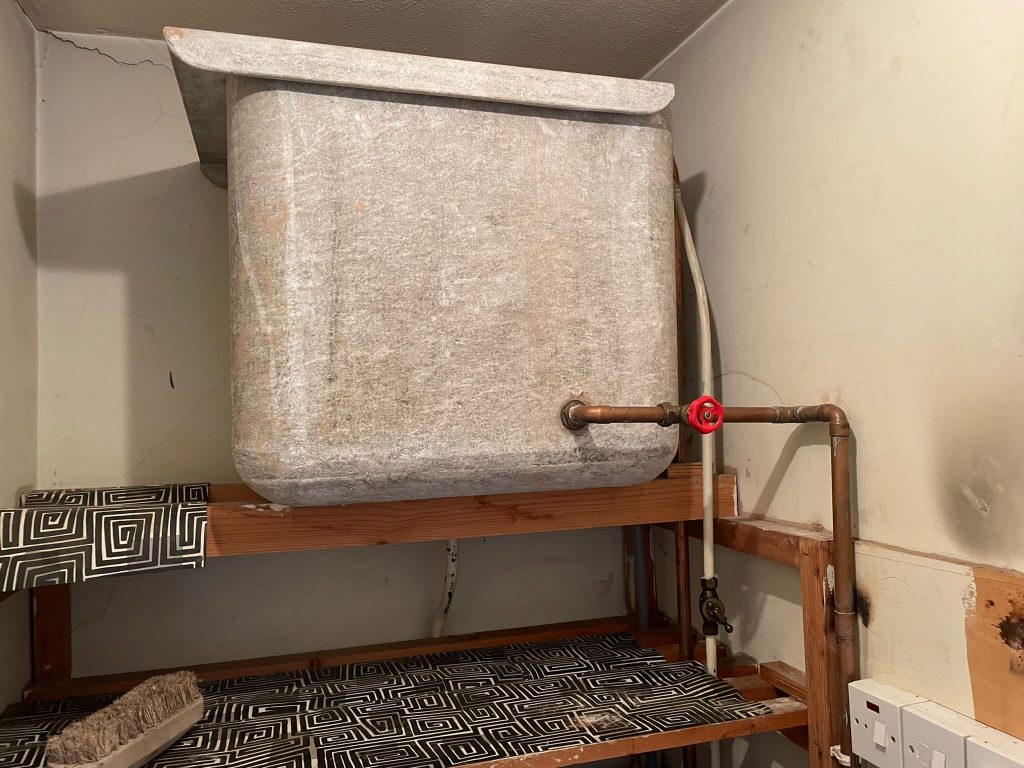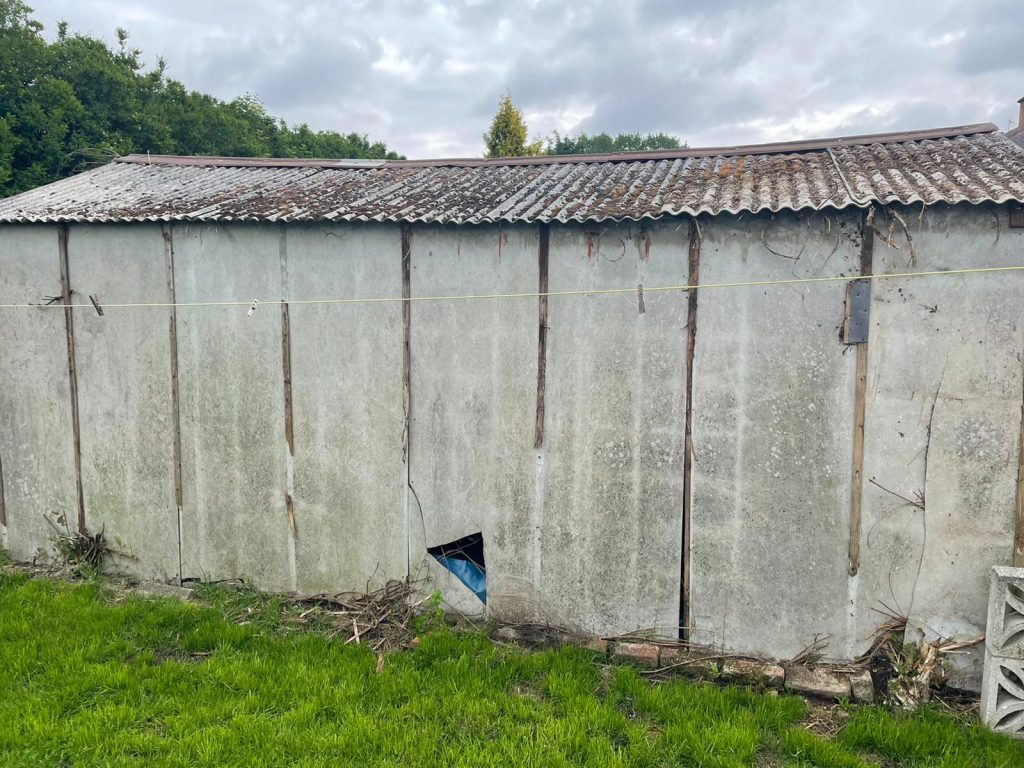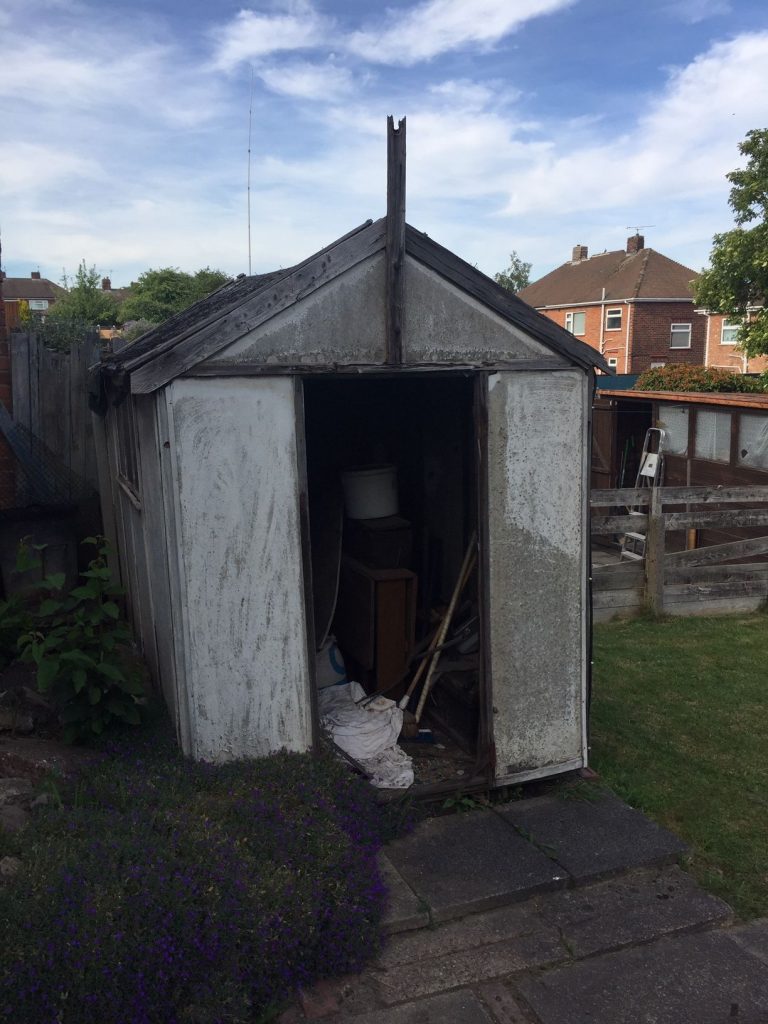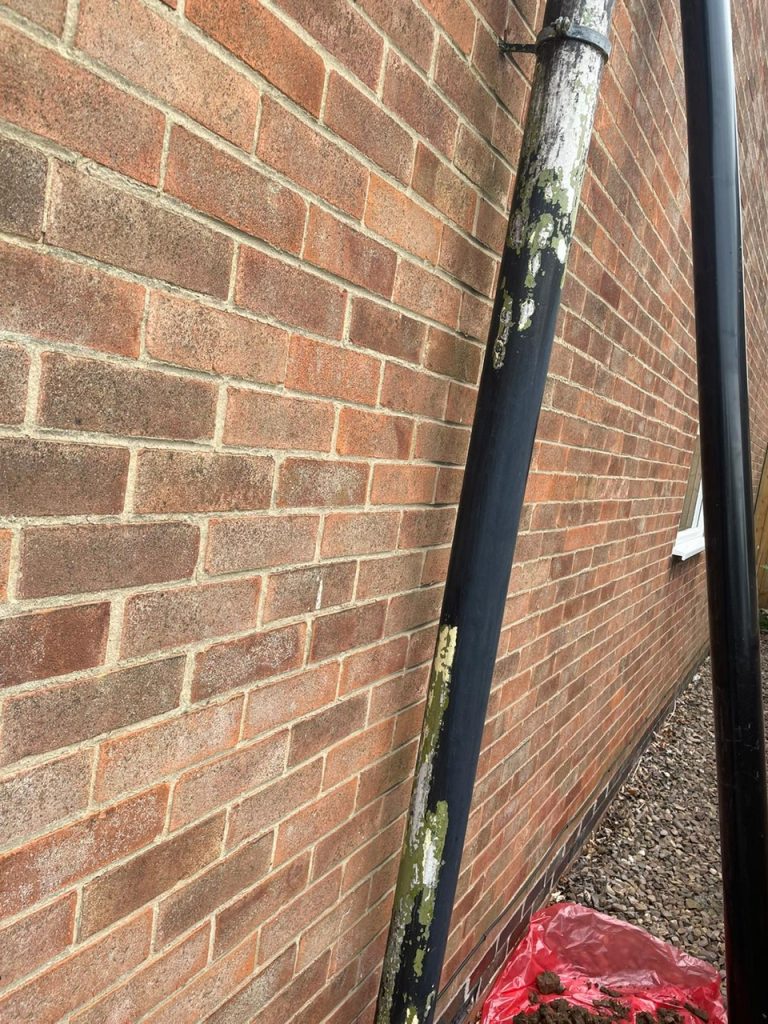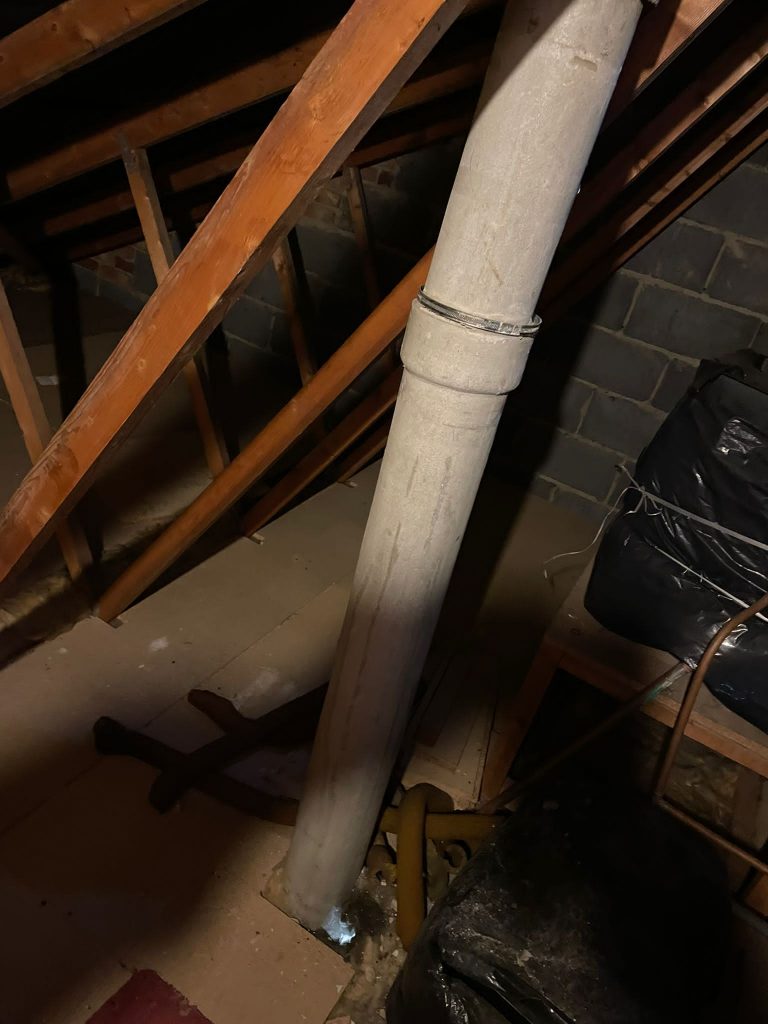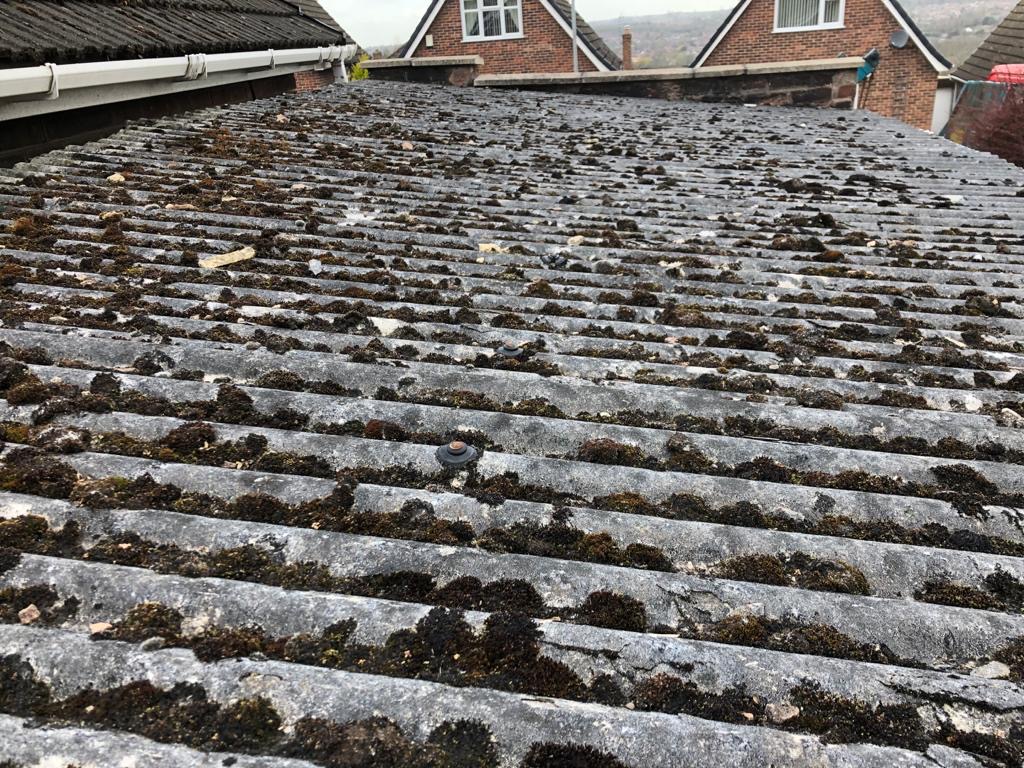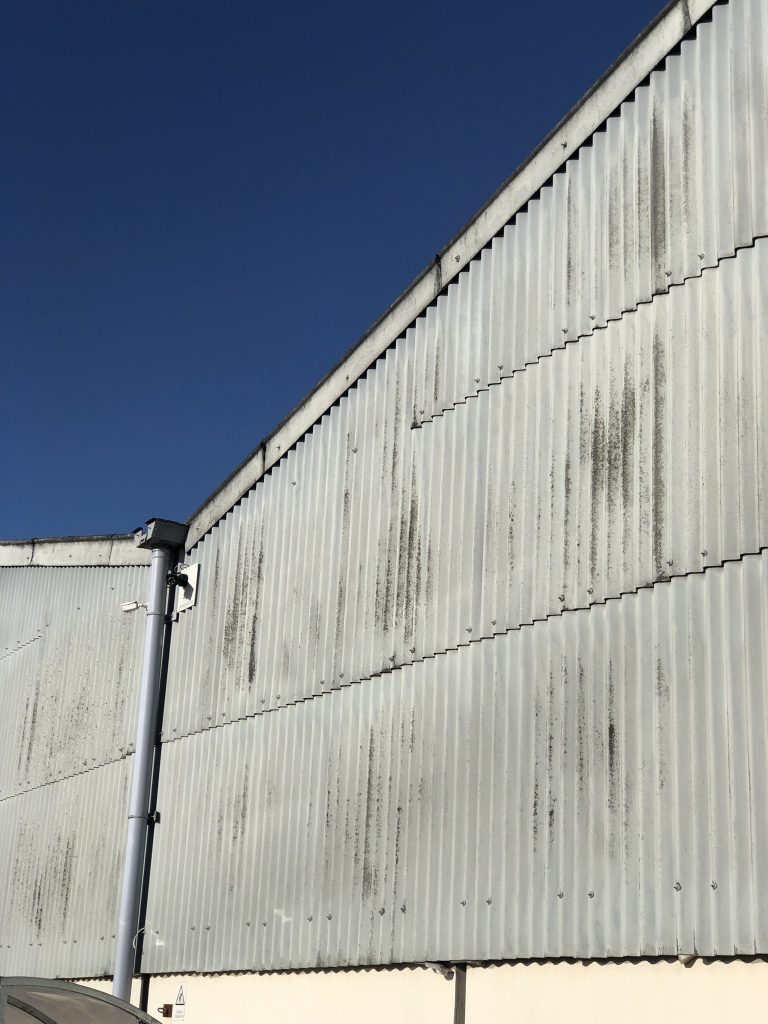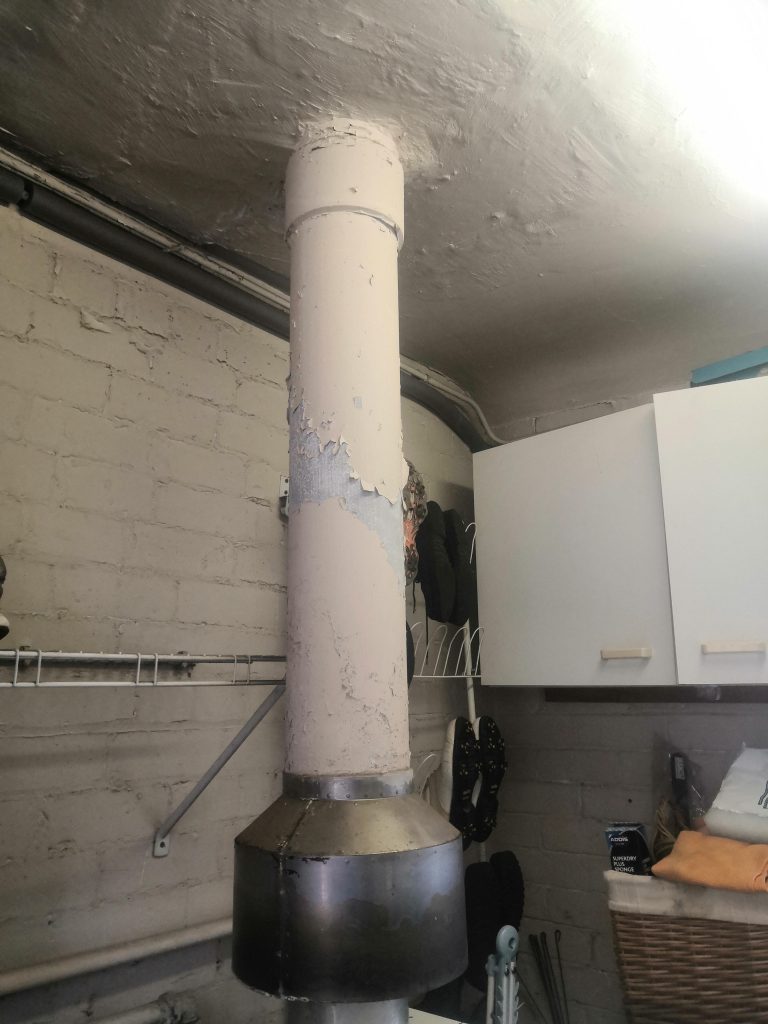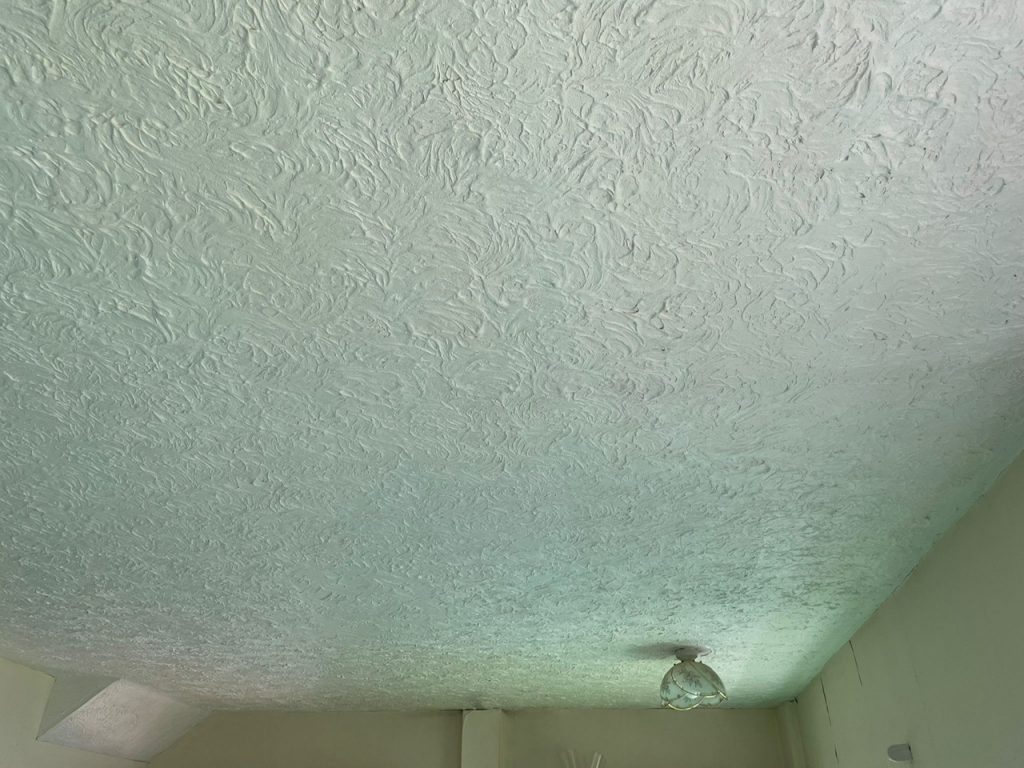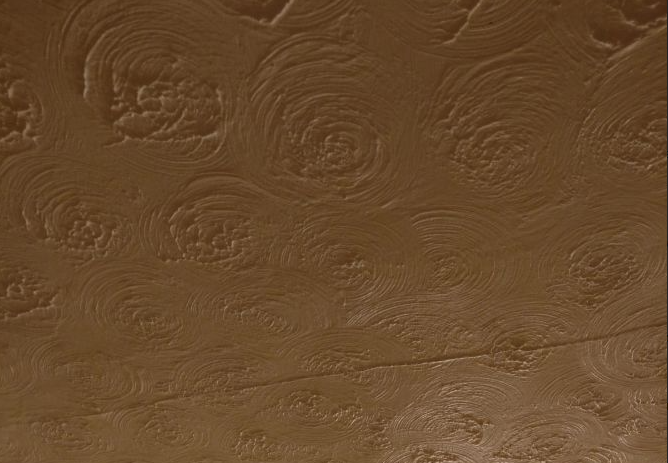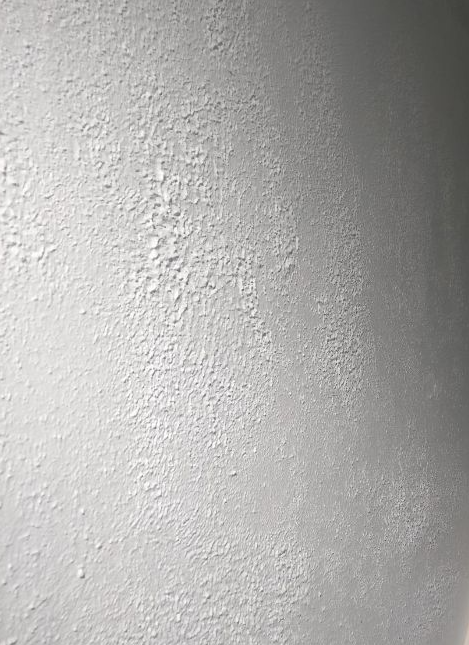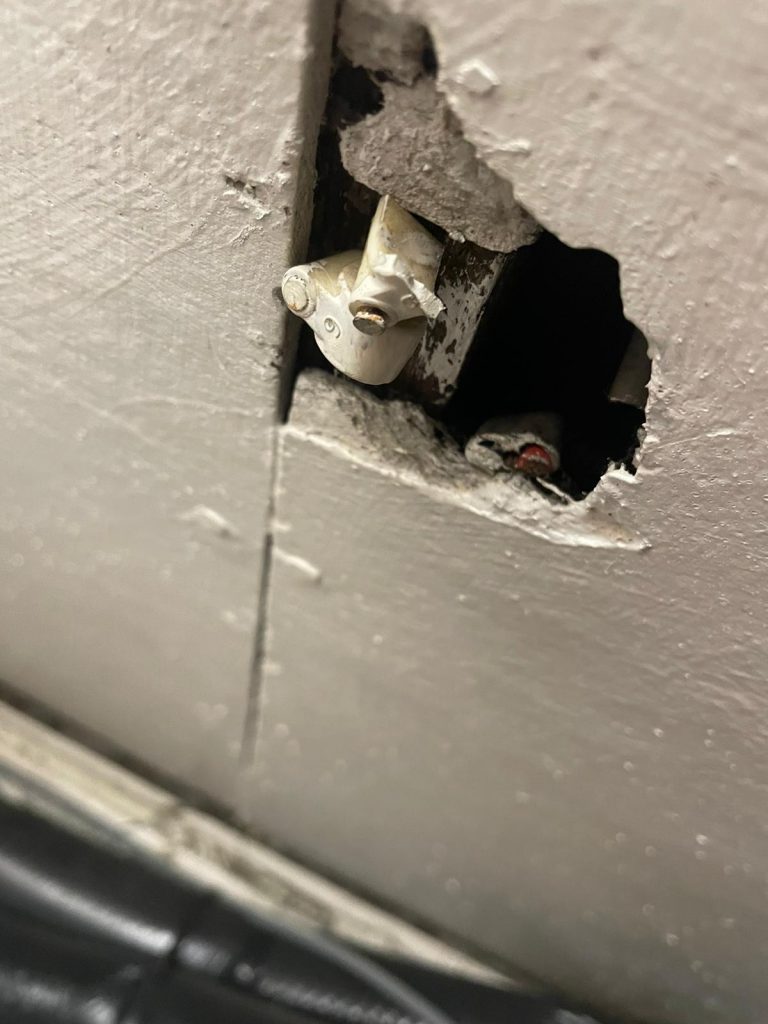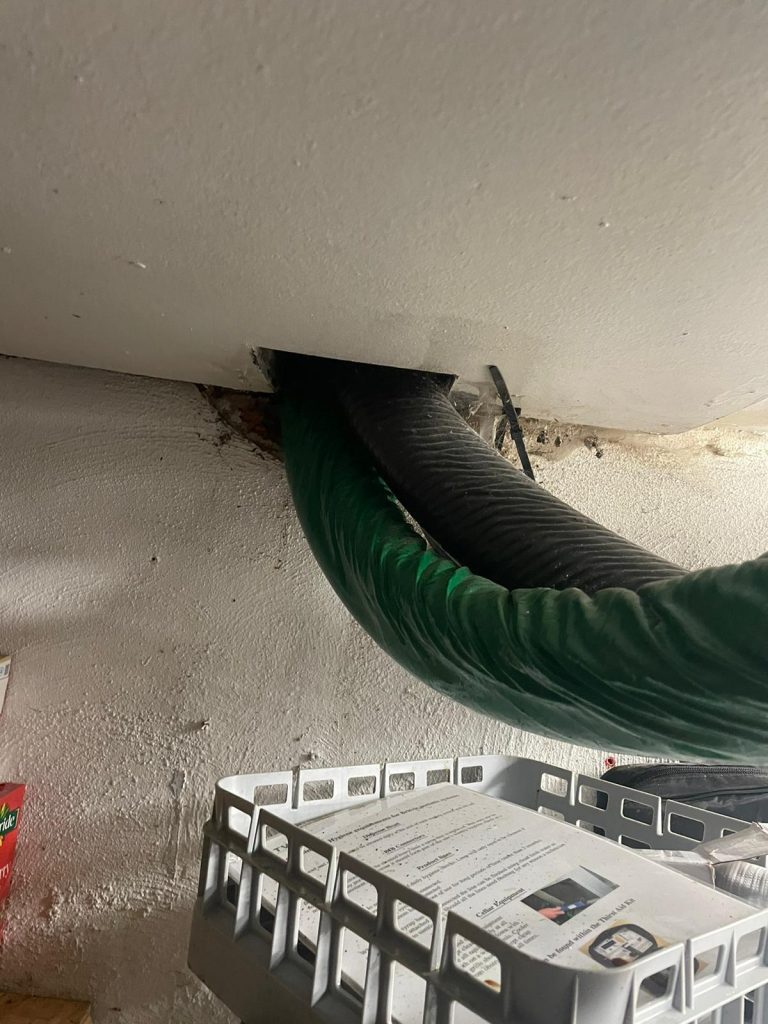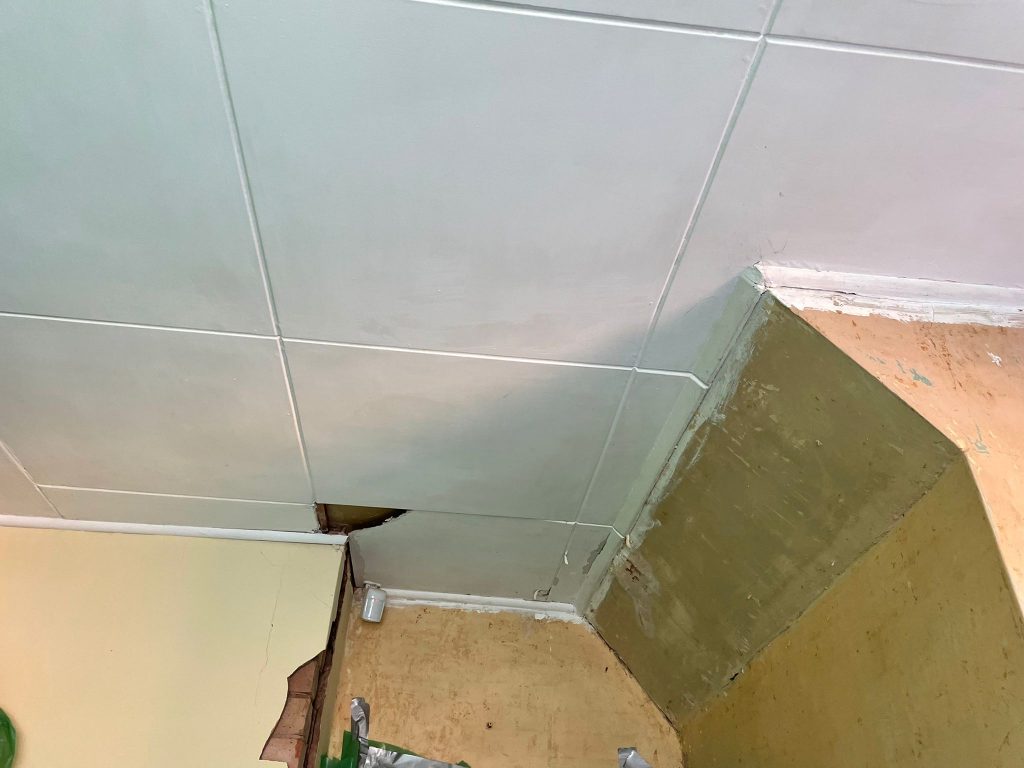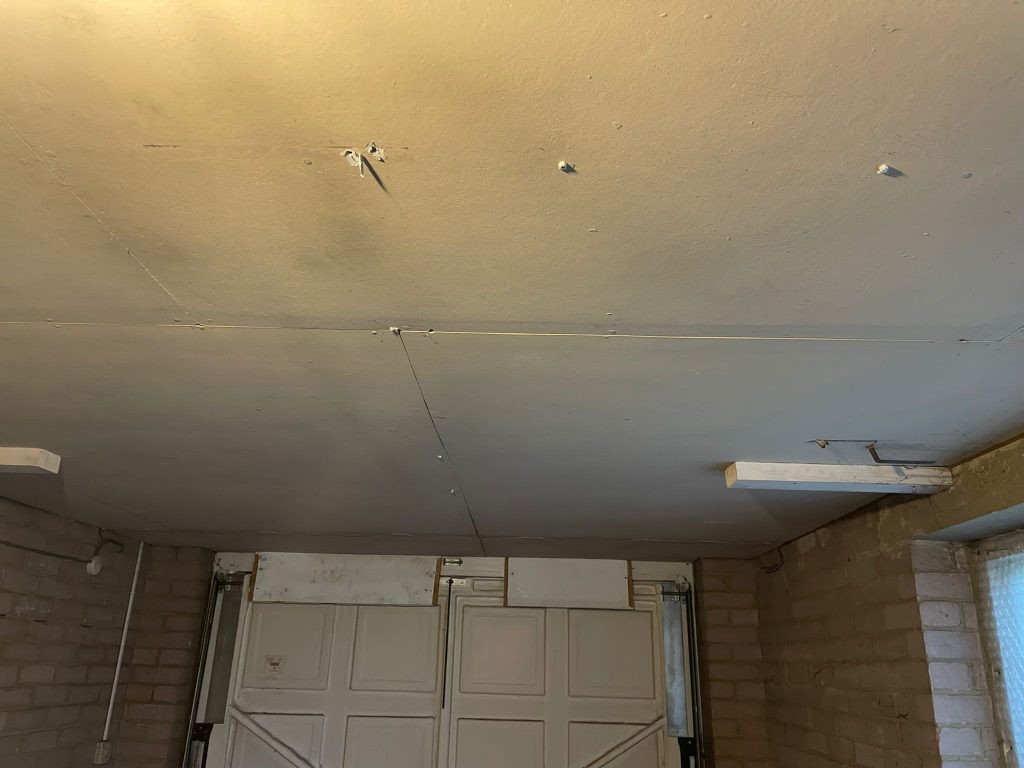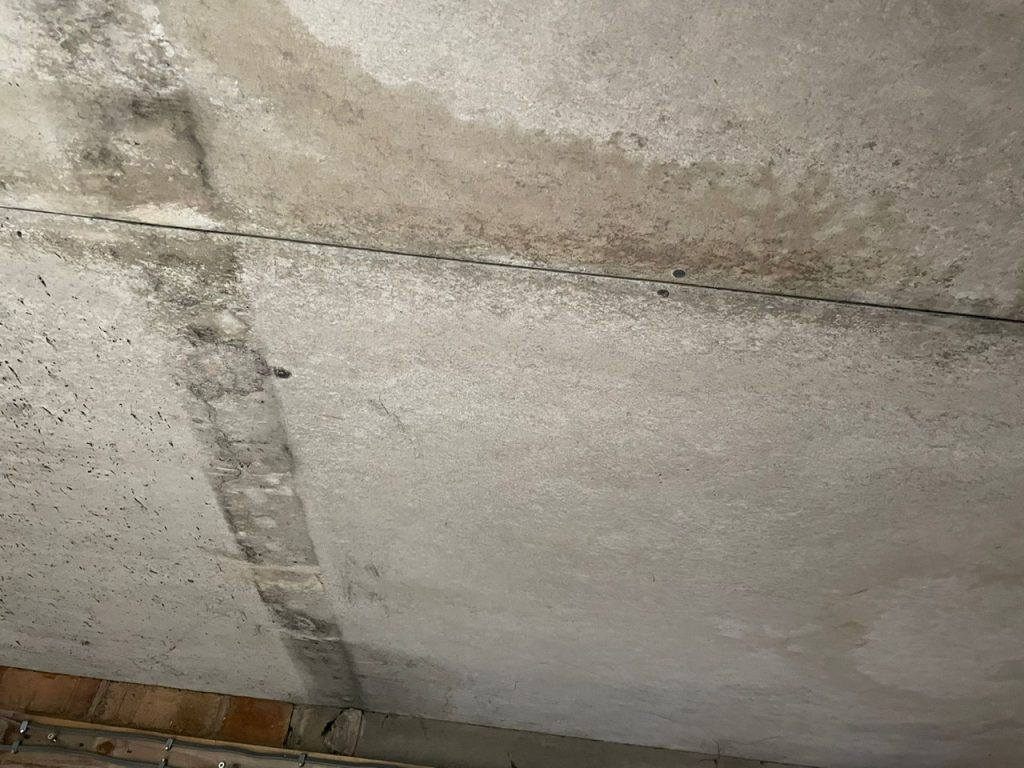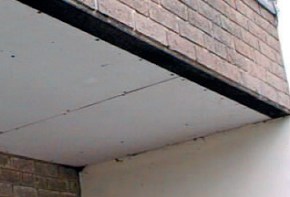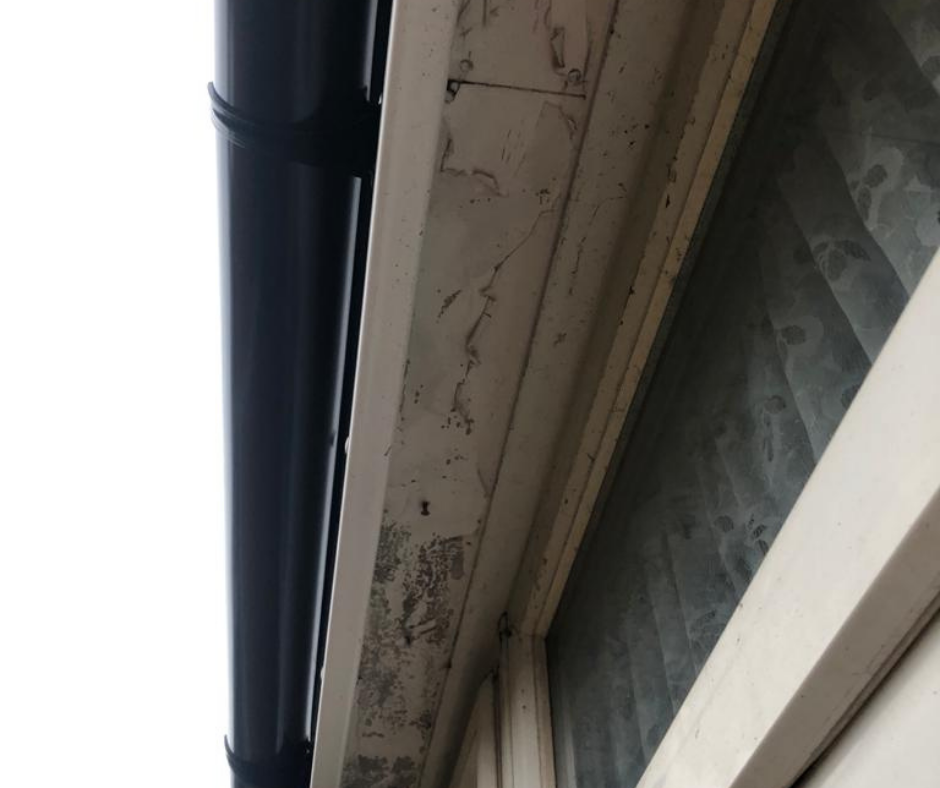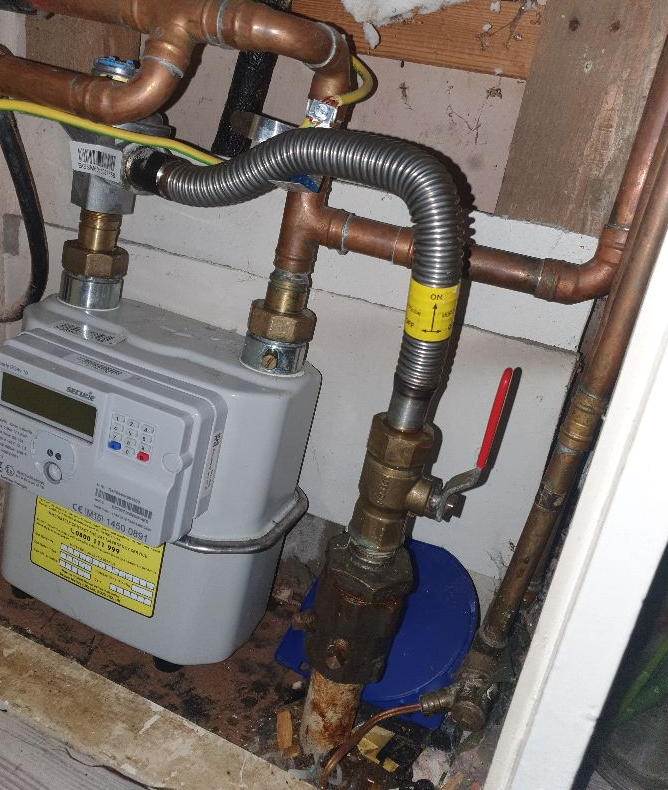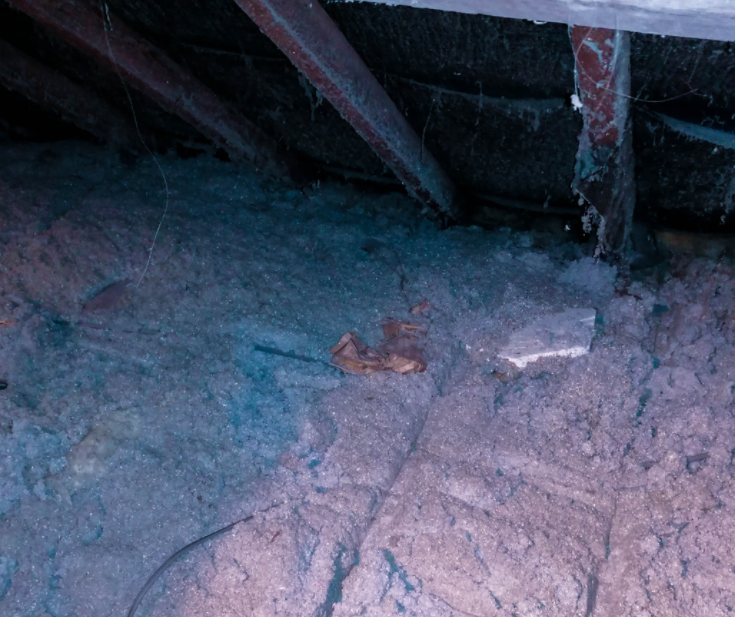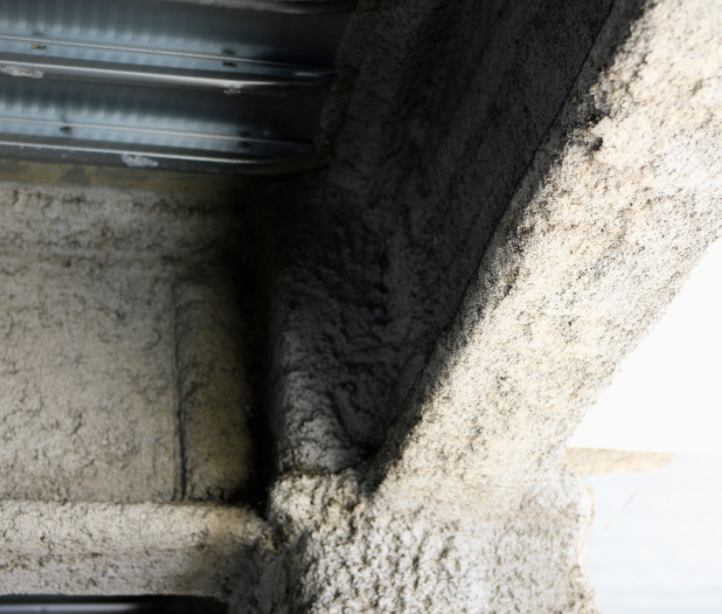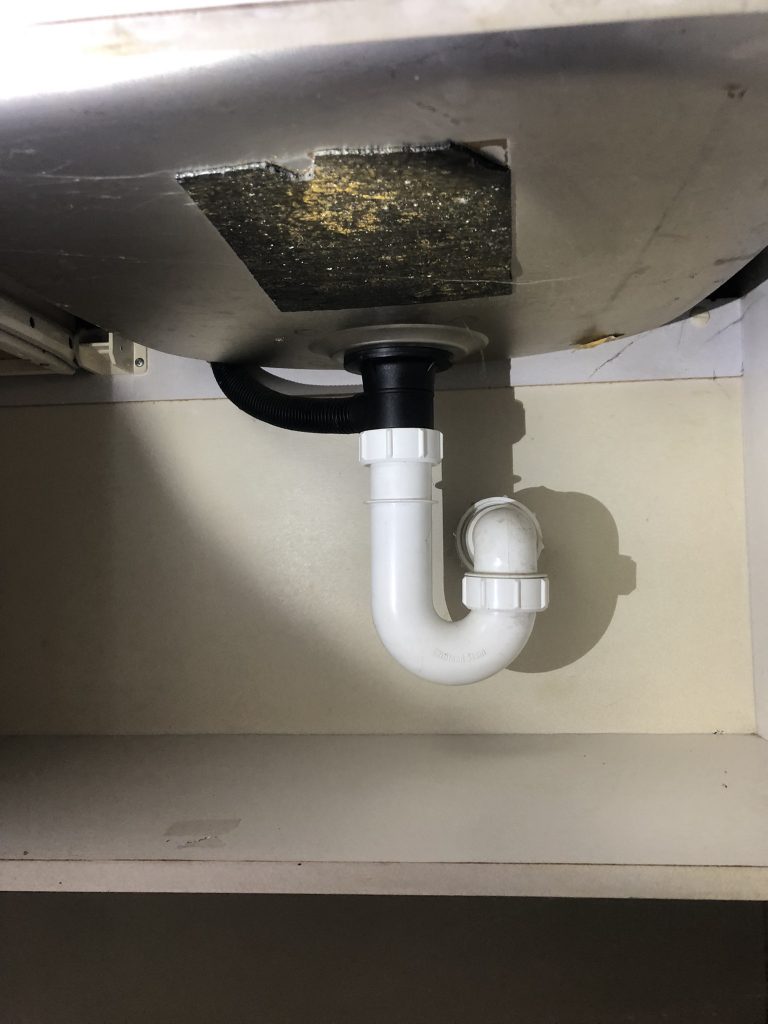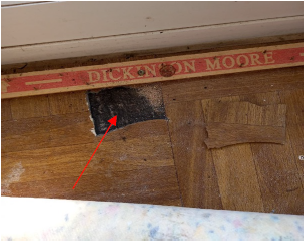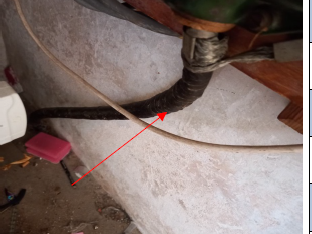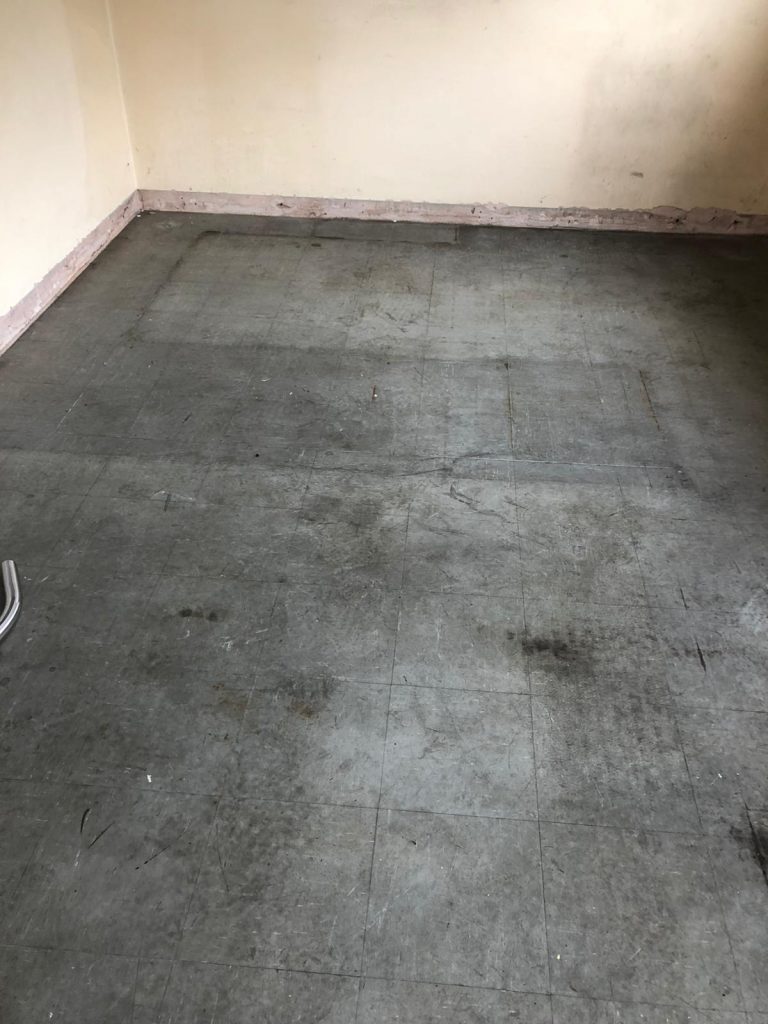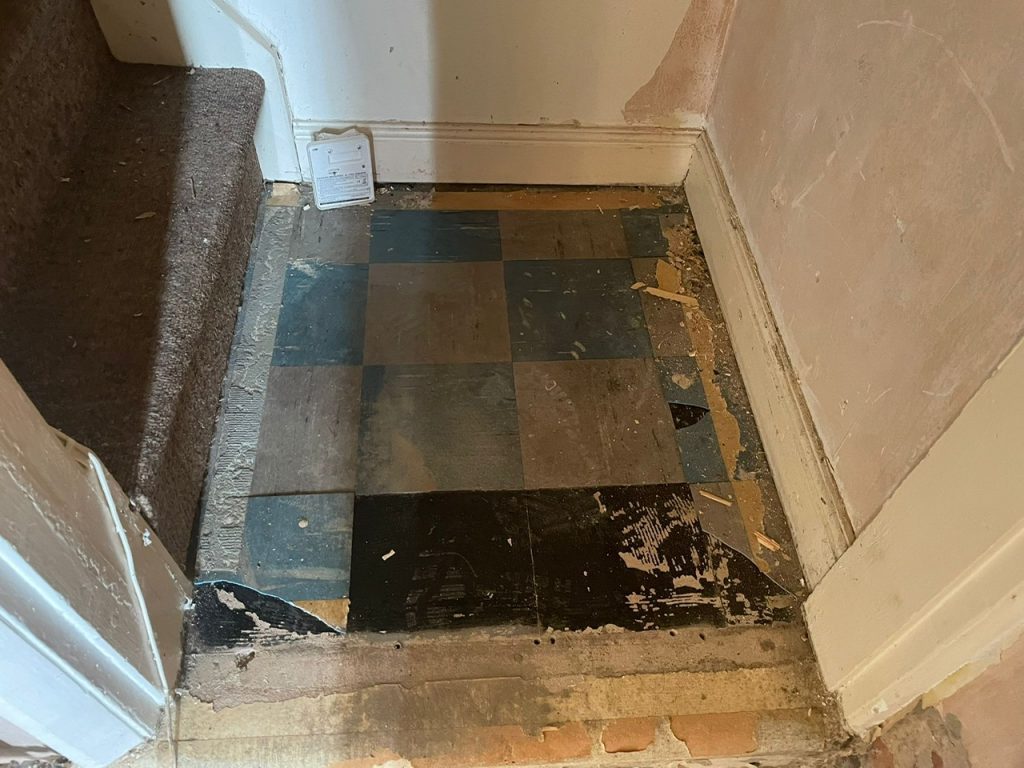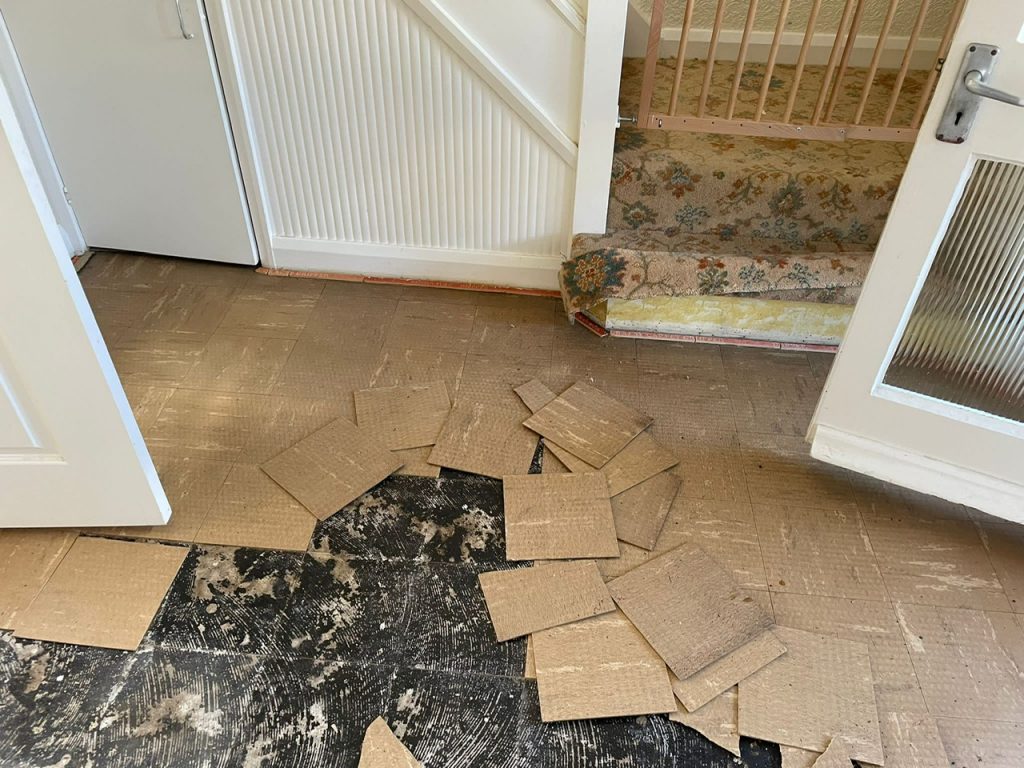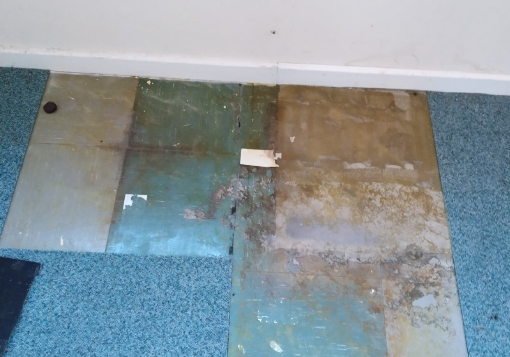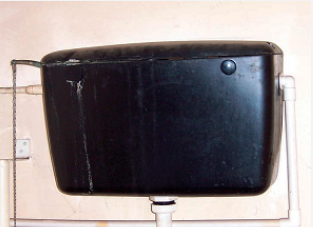Asbestos is nasty and still lurking about in vast amounts of older properties, even today! The issue is, that you cannot see asbestos fibres with the naked eye, so when you’re carrying out work on a property, it can be hard to know where it is.
We have created an in-depth guide on what various types of asbestos look like in their raw state but also how it is presented within materials. However, if you think you might have asbestos in your property, make sure that you have it tested with a licenced asbestos survey.
Variations / Types of Asbestos
Firstly, we need to look at the types of asbestos which was most commonly used. Although there are 6 types of asbestos, 3 of them were more commonly used.
There are two mineral “families” of Asbestos:
- Serpentine Asbestos – Under a microscope appears and white and curly in appearance, the only member of this “family” is Chrysotile Asbestos.
- Amphibole Asbestos – Under a microscope appears needle-like and Brown (Amosite) or Blue (Crocidolite).
Commonly Used Asbestos Types and their correct names:
Chrysotile Asbestos
Mineral Family: Serpentine
Colour: White
Most commonly used in: Cement, Textured Coating, Thermoplastics, Reinforced Plastic
Amosite Asbestos
Mineral Family: Amphibole
Colour: Brown
Most commonly used in: Asbestos Insulation Board (AIB), Loose Fill Insulation, Sprayed Coating
Crocidolite Asbestos
Mineral Family: Amphibole
Colour: Blue
Most commonly used in: Loose Fill Insulation, Sprayed Coating
Friability of asbestos and why it’s important
Asbestos fibres are so small and light, once released they can float about in the air for long periods extending to days.
Classifying the friability of asbestos is an important risk factor. The more friable asbestos is, the more dangerous it is. This does not mean that Non-Friable Asbestos is not dangerous, it means that different precautions and controls are required to control them.
Friability with asbestos refers to the tendency for Asbestos Containing Materials to break down. This can be as a result of pressure or abrasion.
Materials with high asbestos concentration, which are more harmful to health, are more likely to be more friable.
Friable asbestos is more prone to breakages and can easily be damaged, this will release asbestos fibres which are easily inhalable into the air. These materials can easily be crumbled or reduced to powder by touch.
Non-friable asbestos is less likely to release asbestos fibres by applying human hand pressure. It cannot be easily disturbed and is more resistant to damage and abrasion.
How Small are Asbestos Fibres?
Asbestos fibres are tiny! Typically, the size of asbestos is 0.1 to 10 µm in length which is a size that cannot be seen by the human eye. You cannot see, taste or even feel asbestos fibres, therefore imagine how easy it is to inhale them!
To give a visual representation of just how small asbestos fibres are, we have demonstrated this in the below two diagrams.
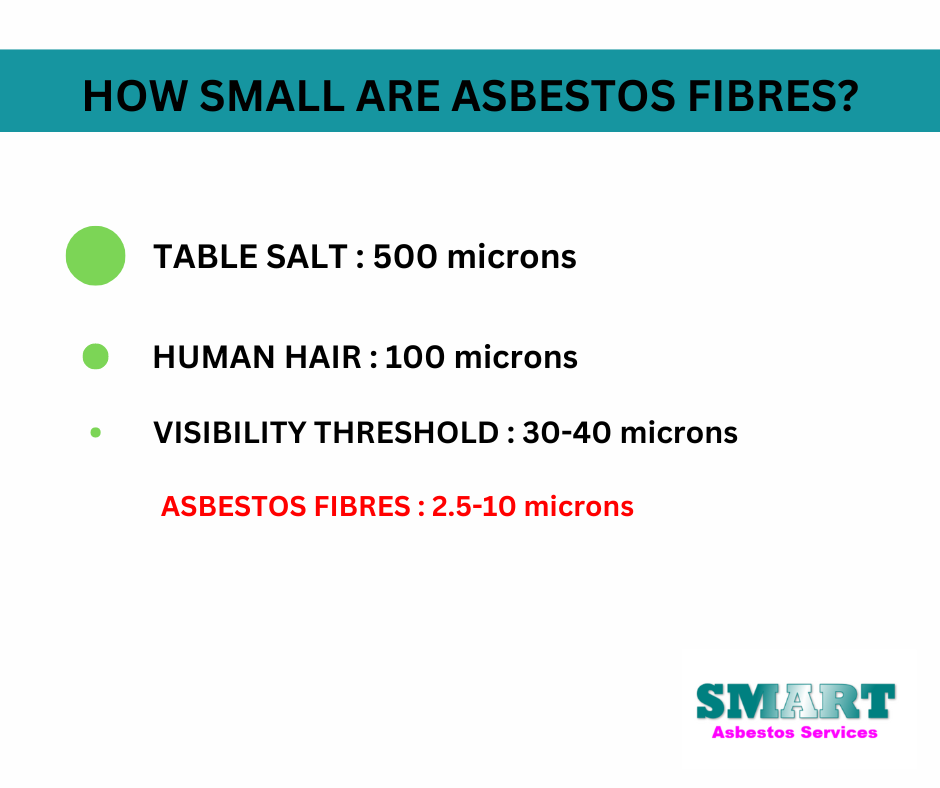
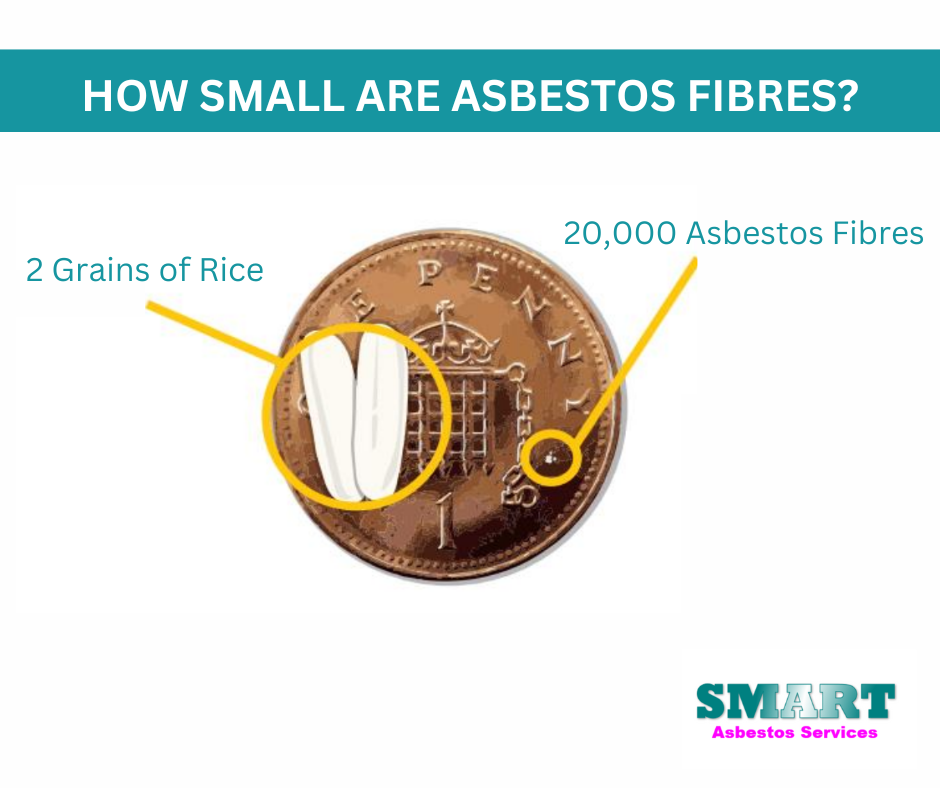
So, what does asbestos look like?
As you look round a property/building, you may see materials which you think are asbestos and they are not – and visa versa! The below list is a breakdown of most common types of asbestos materials and what they look like. We hope that this gives some helpful hints to avoid disturbing asbestos and risking your health.
Asbestos Cement
Most commonly found in cement products such as roofing sheets, garages, pipework, guttering, boarding and flues.
40% of asbestos imported into the UK was used in asbestos cement.
Predominantly Chrysotile (White) asbestos mixed with cement.
Damage Potential: Low
Asbestos Fibre Release Potential: Low
What does asbestos cement look like?
Textured Coating
Most commonly found in coatings on ceilings and walls.
Most common trade name “Artex”, applied in a swirled or stippled effect.
Chrysotile (White) asbestos mixed with plaster/grit.
Damage Potential: Low
Asbestos Fibre Release Potential: Low
What does asbestos-textured coating “artex” look like?
Insulation Board
Asbestos Insulation Board (AIB), commonly found in internal partition walls, ceiling boards and tiles, behind fire places, behind fuse boxes, on and around fire doors.
Predominantly Amosite (Brown) Asbestos
Damage Potential: Easy, high
Asbestos Fibre Release Potential: High
What does Asbestos Insulation Board (AIB) look like?
Loose Fill Insulation
Commonly found in cavity walls, under floorboards and in lofts.
Fluffy, “candy floss” texture in appearance
Raw asbestos, which can release fibres VERY easily with any kind of disturbance.
Predominantly Chrysotile (White), Amosite (Brown) and Crocidolite (Blue) Asbestos.
Damage Potential: Easy, high
Asbestos Fibre Release Potential: VERY High
What does Asbestos loose fill insulation look like?
Sprayed Coating
Commonly found around steelwork and columns.
Rough surface in appearance.
Predominantly Chrysotile (White), Amosite (Brown), and Crocidolite (Blue) Asbestos.
Damage Potential: Easy, high
Asbestos Fibre Release Potential: High
What does asbestos-sprayed coating look like?
Bitumen
Commonly found in bitumen products including roofing felt, Damp Proof Course, Sink Pads, Floor Tile Adhesive.
Predominantly Chrysotile (White)
Damage Potential: Low
Asbestos Fibre Release Potential: Low
What does asbestos bitumen look like?
Thermal Insulation
Commonly found in pipe lagging and insulation
Predominantly Chrysotile (White), Amosite (Brown), and Crocidolite (Blue) Asbestos.
Damage Potential: Easy, high
Asbestos Fibre Release Potential: High
What does asbestos insulation look like?
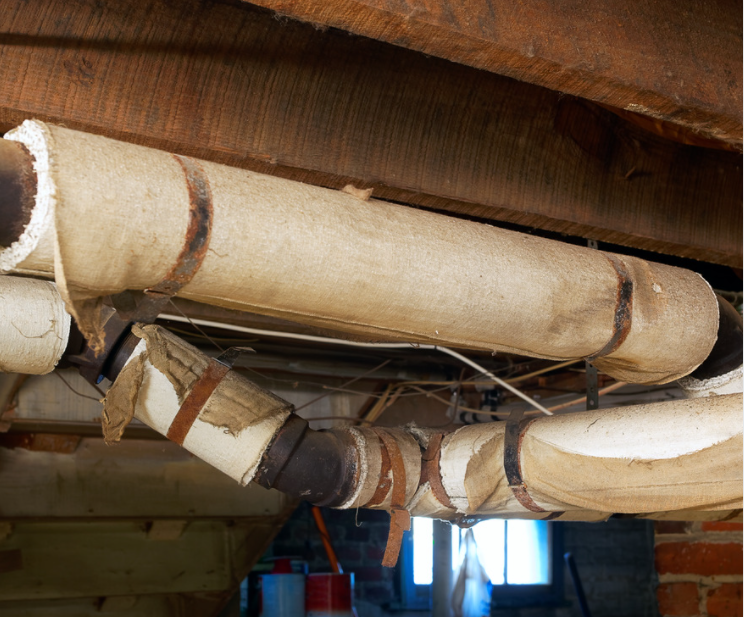
Textiles
Commonly found in fire blankets, rope seals, flash guarding, gaskets, yard
Predominantly Chrysotile (White) Asbestos
Damage Potential: Easy, high
Asbestos Fibre Release Potential: Medium
What do asbestos textiles look like?
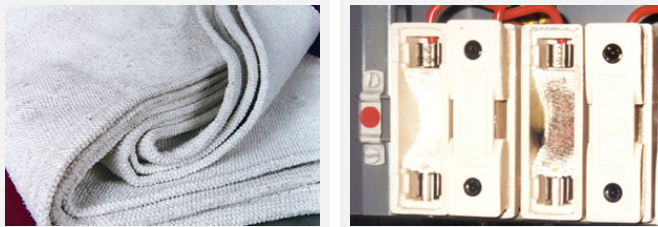
Paper/Card
Commonly found in flooring, behind cladding in walls
Predominantly Chrysotile (White) Asbestos
Damage Potential: High
Asbestos Fibre Release Potential: Medium
What does the asbestos paper look like?
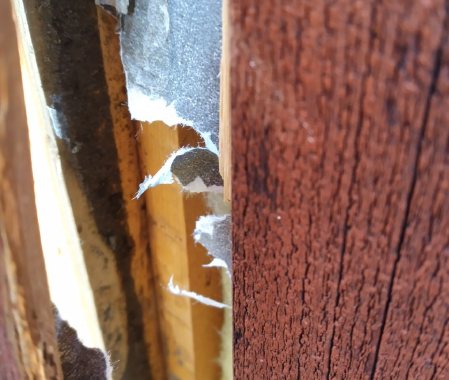
Thermoplastic tiles / Vinyl
Commonly found in Floor and Wall Tiles
Predominantly Chrysotile (White) Asbestos
Damage Potential: Low
Asbestos Fibre Release Potential: Low
What does asbestos thermoplastic tiles/vinyl look like?
Reinforced Plastics
Commonly toilet cisterns , Bakelite , resin , stair nosing.
Mainly black in colour
Predominantly Chrysotile (White), Amosite (Brown) Asbestos
Damage Potential: Low
Asbestos Fibre Release Potential: Low
What does asbestos-reinforced plastic look like?
Asbestos Testing
The only sure way to tell if a material contains asbestos is professional Asbestos Testing.
UKAS Accredited Laboratories are the only organisations who can accurately conduct Asbestos Testing and provide UKAS Accredited Lab Results.
Smart Asbestos Services provide Asbestos Testing with UKAS Accredited Laboratory Results.
Need some advice about Asbestos waste?
Call us on 01623 272 611 and we'll be happy to help

